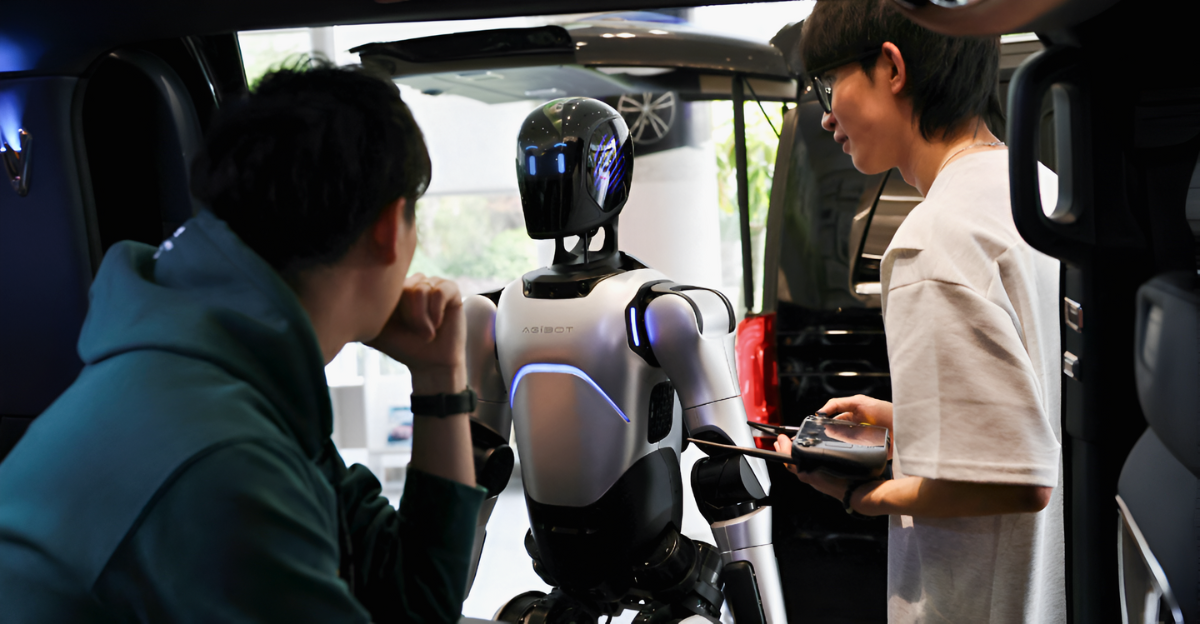
Major US tech firms are embarking on a transformative journey with an astonishing investment commitment of over $364 billion in capital expenditures for AI infrastructure by 2025. This staggering figure represents more than a mere financial decision; it indicates a fierce competitive race among industry giants like Microsoft, Meta, Alphabet, and Amazon, aiming to dominate the AI landscape.
Analysts are astounded by the scale of this investment, which has sent shockwaves through markets and raised eyebrows across Wall Street. “It’s a clear sign that these tech behemoths are betting big on AI as the future,” remarked Sarah Johnson, a tech analyst at Market Insights.
Rising Stakes in the AI Arms Race

As the AI race intensifies, companies are not holding back. For instance, Alphabet recently increased its projections by an additional $10 billion, while Amazon’s quarterly expenditure indicates a yearly total surpassing $100 billion.
Investors are closely monitoring these developments, fully aware that such monumental bets could redefine each company’s fortunes and the broader economic landscape of the United States. “With these kinds of investments, the stakes have never been higher,” noted Tim Parker, a financial advisor, emphasizing that shifting focus to AI may reshape entire industries.
A Historic Shift in Investment Trends

The leap in AI investment from $246 billion in 2024 to $364 billion in 2025 marks a remarkable year-over-year increase of over 50%. This sharp escalation signifies a shift from cautious approaches to a strong commitment to AI-powered infrastructure.
Historically, we witnessed tech firms banking on consumer-led growth, but the narrative has changed dramatically. “This pivot is a paradigm shift; companies are harnessing AI to drive their future roadmaps,” explained Laura Chen, an economic analyst, as she underscores the transition toward a more ambitious technological ecosystem.
Mounting Pressure on Tech Giants
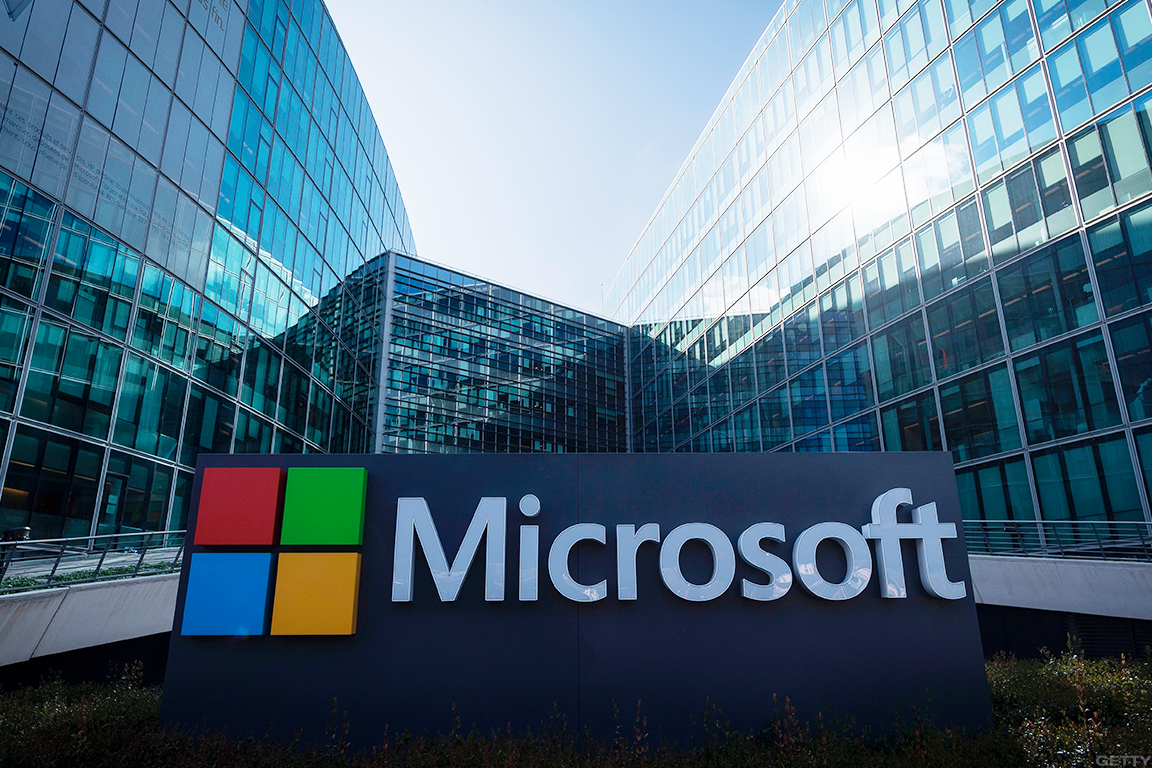
Tech companies like Microsoft, Google, Meta, and Amazon face escalating demand for generative AI and large language models, pushing them into rapid data center expansions. This isn’t just about competition; it’s about survival in an atmosphere where emerging rivals can quickly disrupt established players.
These companies must keep pace with rivals and manage surging computational demands to stay ahead. “The landscape is changing daily; it’s a race against time,” stated Kevin Rogers, a data center manager, expressing the urgency felt by teams on the ground.
AI Investment Fuels Economic Growth
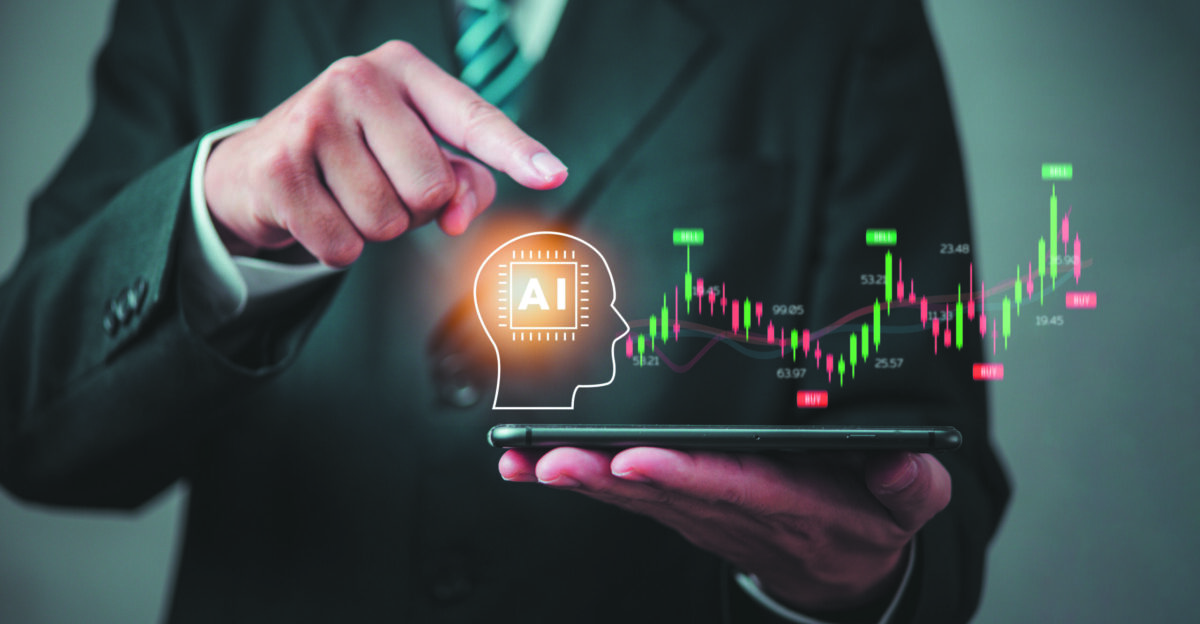
For the first time in history, AI capital expenditures in 2025 are projected to contribute more to US GDP growth than consumer spending. Analysts have pinpointed July 30 as the moment this inflection point was reached, marking a new economic era driven by artificial intelligence, innovative chips, vast data, and reliable energy sources.
“This is a turning point; AI is not just a tech upgrade; it’s an economic revolution,” stated senior economist Ruth Bennett, as the implications of these investments begin to unfold in the broader economy.
State-Level Economic Benefits
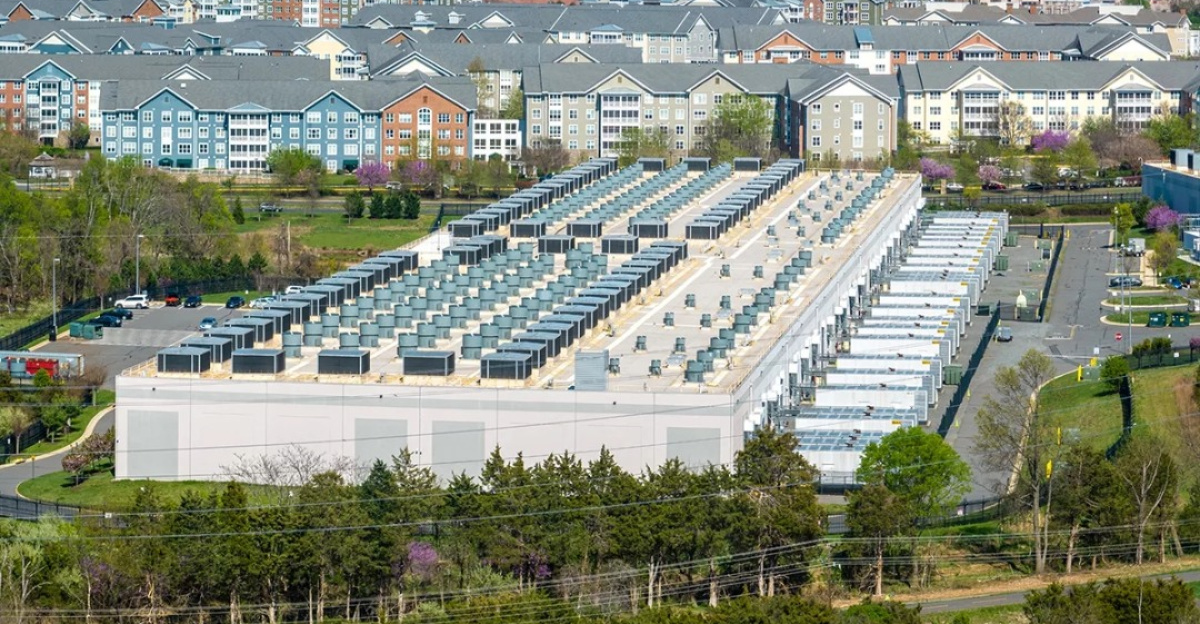
States such as Virginia and Pennsylvania are reaping significant benefits from AI data center projects. Virginia’s “Data Center Alley” has already generated a remarkable $31 billion economic output in 2023, bolstering job creation and essential infrastructure upgrades.
Local leaders share the excitement, with Virginia Governor Mark Herring stating, “Our focus on technology is paying off, driving economic growth while providing critical jobs.” These projects highlight how AI investments can stimulate regional economies, creating a ripple effect beyond the tech sector.
Diverse Human Perspectives
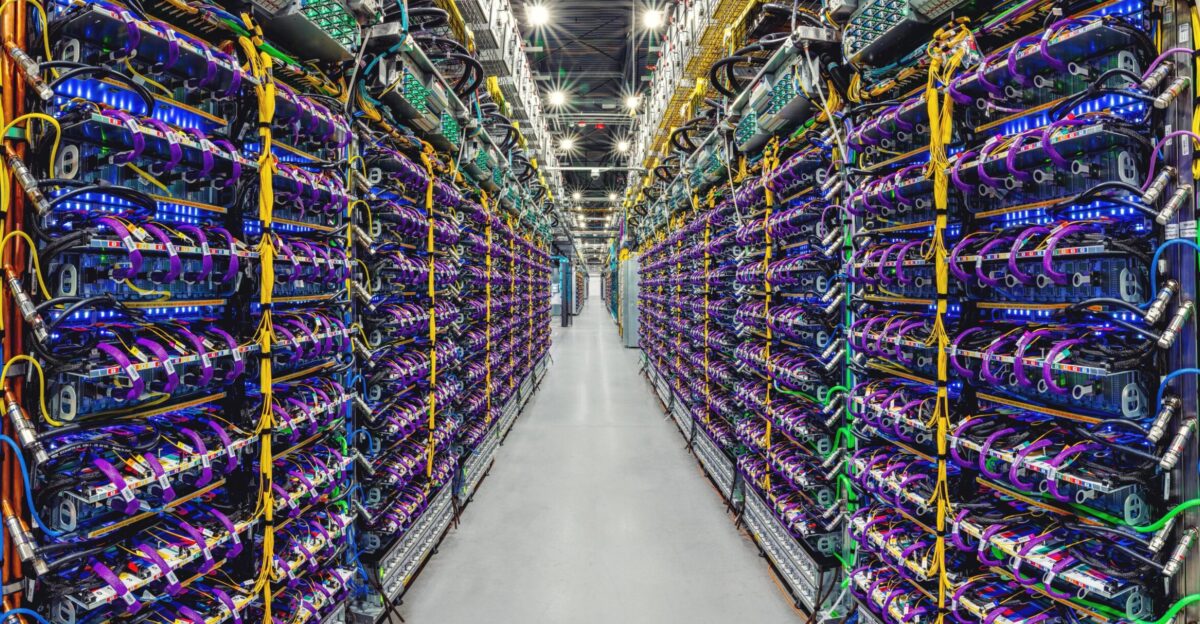
Rusty Foster, an AI industry expert, says, “AI is a super-stimulant for the economy, providing the blood and oxygen needed for growth.” However, concerns surround the volatility of returns and the uneven distribution of job benefits.
As many sectors adapt to AI, voices like that of Mia Thompson, a factory worker, reveal a critical tension: “While tech advances excite big companies, we fear for our jobs as automation looms.” This duality illustrates the varying human experiences of these transformative changes.
Competitive Pressures from Abroad

Challenging the US tech landscape, China’s DeepSeek has raised efficiency concerns, showcasing AI models that rival OpenAI’s. This competition has triggered a re-evaluation among US firms regarding their heavy investments in AI. Experts like David Liu from the Center for Strategic and International Studies warn of potential overinvestment.
He states, “The trade wars and tariffs complicate the landscape further, causing supply chain disruptions that could impact our tech ambitions.” As competition intensifies, strategic adjustments will be crucial for US companies.
Economic Projections and AI Infrastructure

Morgan Stanley’s projections suggest that the ongoing AI infrastructure buildout could add up to 0.7% to US GDP growth in 2025. This growth rivals the economic waves created by historic tech surges and railroad expansions.
The convergence of private investment and light regulatory oversight is accelerating this momentum. “We’re witnessing a transformative phase similar to the industrial revolution,” remarked economic analyst Susan Rodriguez. It indicates that the tech sector is again at the forefront of financial advancement.
Strains on Power Infrastructure
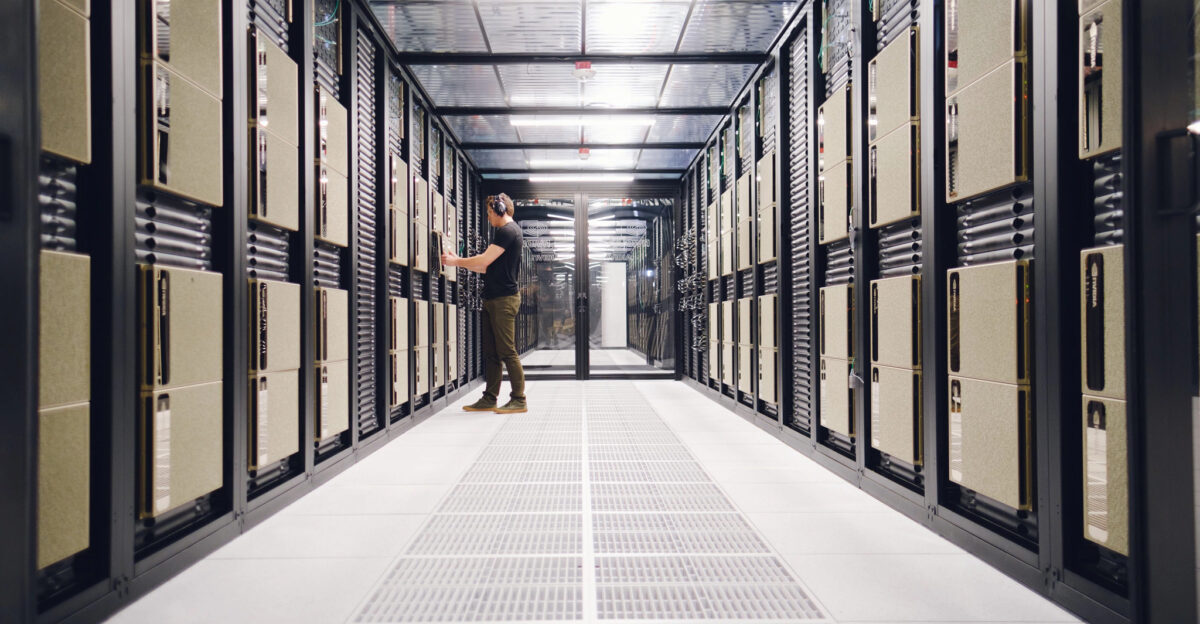
As the demand for AI data centers skyrockets, the strain on power grids nationwide is a significant consequence. Utilities are forecasting record capital expenditures exceeding $212 billion to meet the intense energy needs of these facilities. In some regions, residents already feel the impact through rising utility rates and changes in renewables development.
Energy expert Thomas Black illustrates the urgency: “To power these data centers, we need to rethink our energy strategies and invest in sustainable resources.” This highlights the overlooked challenges accompanying rapid technological growth.
Internal Doubts and ROI Concerns

Despite the ambition, uncertainty lingers among stakeholders. Many tech leaders express reservations about the immediate return on investment, questioning if the pronounced spending trends will translate into lasting gains.
“It’s a gamble; the pressure to innovate is immense, but the outcomes aren’t guaranteed,” cautioned tech executive Jenna Woods. This internal tension reflects the broader skepticism within the industry as firms accelerate investments while striving for innovative solutions amid uncertain market conditions.
Market Value Shifts and Competition

In this climate of rapid investment, some firms have reaped substantial benefits. Nvidia, for instance, has seen its market value soar to $4 trillion, underscoring its pivotal role in supplying essential chips for AI expansion.
Conversely, other companies have faced significant declines in their stock prices due to missed earnings caused by capital expenditures. “The competition is fierce; the stakes grow higher with every investment,” said financial analyst Michael Carter, highlighting how the market landscape is evolving under such pressures.
Upskilling for the Future
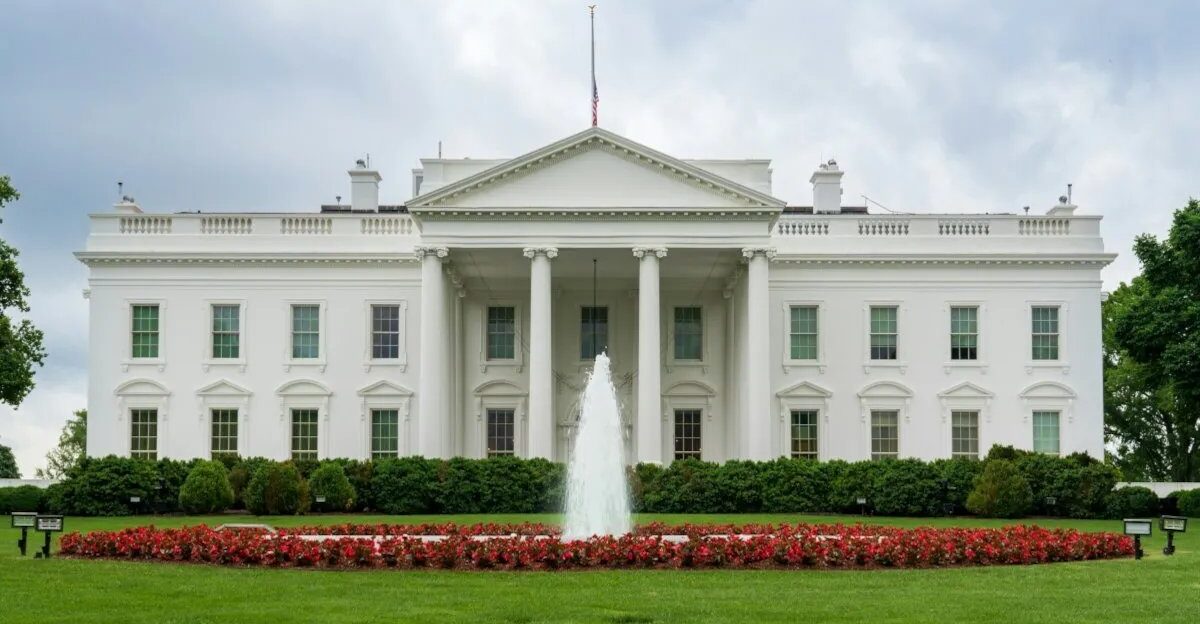
Community colleges and technical schools have begun launching aggressive upskilling programs to address the potential impact of automation. The White House AI Action Plan supports new grants, apprenticeships, and training initiatives for high-priority AI jobs.
“We need to prepare our workforce for a new reality; ensuring that skills match demands is crucial,” asserted Linda Martinez, a local educator. This commitment to education aims to cushion the economic effects of AI while preparing the labor force for forthcoming challenges.
Expert Opinions on Market Stability
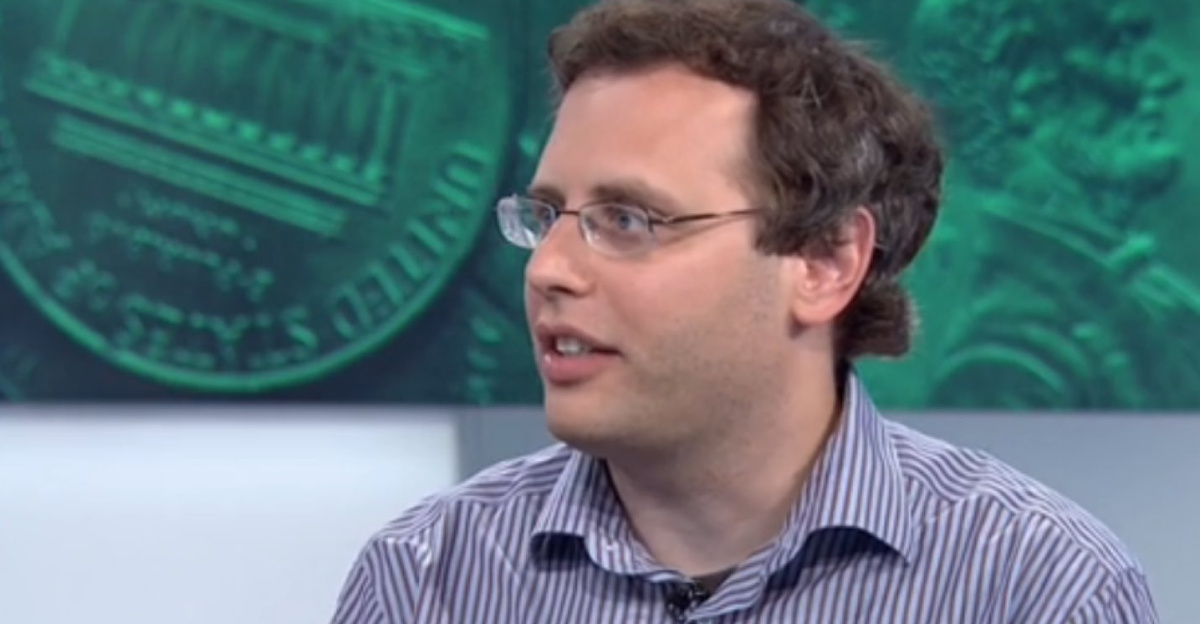
Some industry experts raise significant concerns about the future. Economist Noah Smith’s provocative question, “Will data centers crash the economy?” draws attention to the ongoing debate over the sustainability of this surge in investment.
Analysts are cautious, warning of parallels to the dot-com bubble. “Valuations may be inflated, and relentless competition could trigger a market reset,” financial consultant Emily Reed warned. This skepticism emphasizes the critical need to carefully assess AI’s long-term implications.
Weighing Opportunities Against Risks

With the landscape rapidly evolving, significant questions arise: will AI investments lead to sustainable growth, or will we soon witness a bubble burst? Investors and policymakers are at a crossroads, weighing the immense opportunities against potential risks.
“We must approach this enthusiastically and cautiously; the tech sector has always been volatile,” remarked investment strategist Mark Franklin. As America places its bets on artificial intelligence, the stakes couldn’t be higher, echoing through the boardrooms and beyond.
Policy Changes to Support Growth

Responding to industry demands, federal deregulation is paving the way for rapid permitting and incentives to foster “objective” AI models. However, states that impose stricter regulations risk losing access to federal funds.
“To remain competitive, we must adapt our policies,” noted Senator Jess Mitchell during a recent briefing. Such shifts showcase the balancing act between innovation and regulation as the government pivots to support the burgeoning AI landscape, providing new directives for the future.
International Dynamics in AI Competition
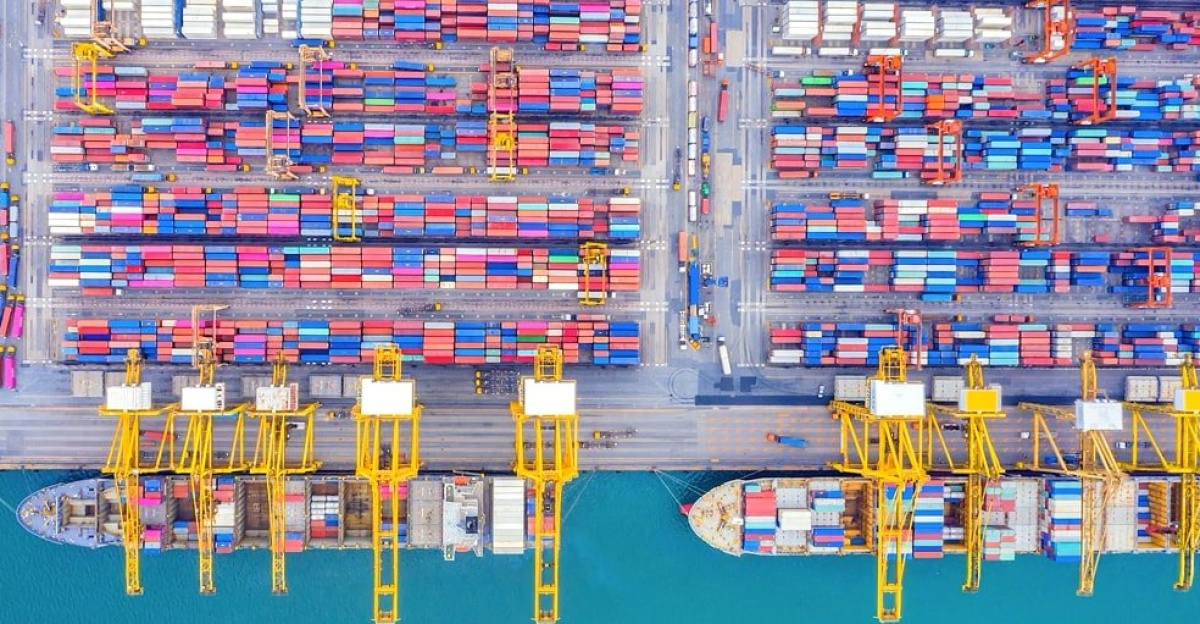
On a global scale, US export policies for AI technologies are tightening, enforcing bans on specific chips intended for rival nations. This approach seeks to maintain dominance in international AI markets, prompting allies to benefit from American innovations.
Meanwhile, competitors scramble for alternatives, intensifying the ongoing tech rivalry. “As we tighten our grip on technology exports, the global landscape shifts dramatically,” said Global Policy Consultant Maria Turner, illustrating how geopolitical factors are intertwined with technological advancements.
Environmental Impact and Resource Management
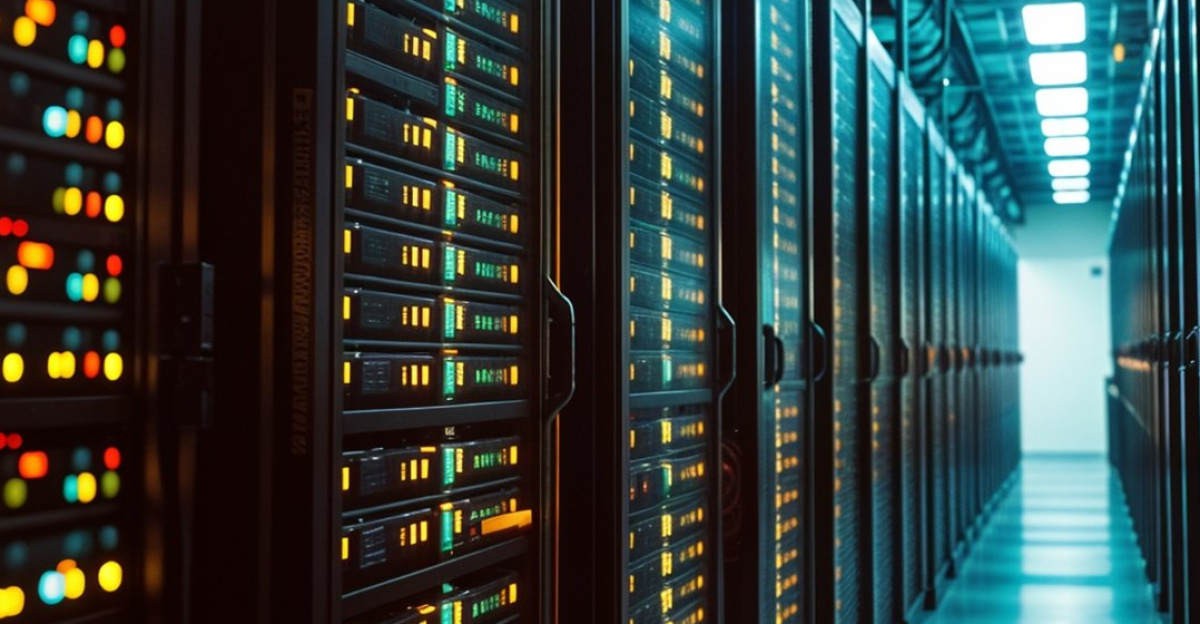
The rapid expansion of AI data centers is not without its environmental costs. Studies indicate that the electricity demand of a single data center can equal that of a small city. Moreover, water usage for cooling threatens local supply sources.
“We need to balance technological growth with environmental sustainability,” cautioned environmental advocate James Rivera. Addressing these challenges is imperative as stakeholders grapple with the ecological ramifications of such ambitious investments in AI.
Navigating the Future of AI

The future of AI remains a tapestry of potential and uncertainty. As companies charge forward, innovations proliferate, but the question of how sustainable this growth will be looms large. Stakeholders must navigate the delicate balance between technology and societal impacts.
“The next few years will define not just tech, but society as a whole,” warns analyst Patricia Lane, emphasizing the need for ongoing dialogue and proactive measures to address the multifaceted challenges ahead.
Concluding Thoughts on AI’s Journey
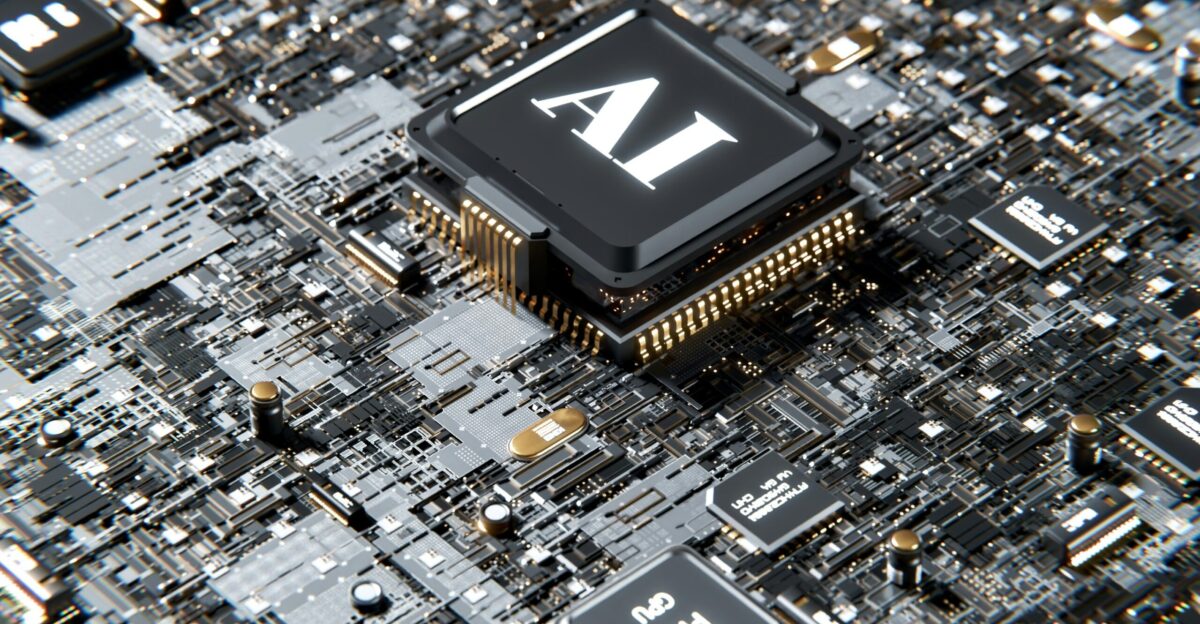
In this evolving landscape, it remains to be seen whether the investments made in AI will yield fruit or falter under pressure. Collaboration among businesses, government, and the community is essential as the nation navigates its path forward.
“Together, we can shape a future that benefits everyone,” remarked local tech entrepreneur Alex Jordan. This sentiment resonates as the narrative of artificial intelligence continues to unfold, transforming economies, societies, and possibly the very fabric of daily life.